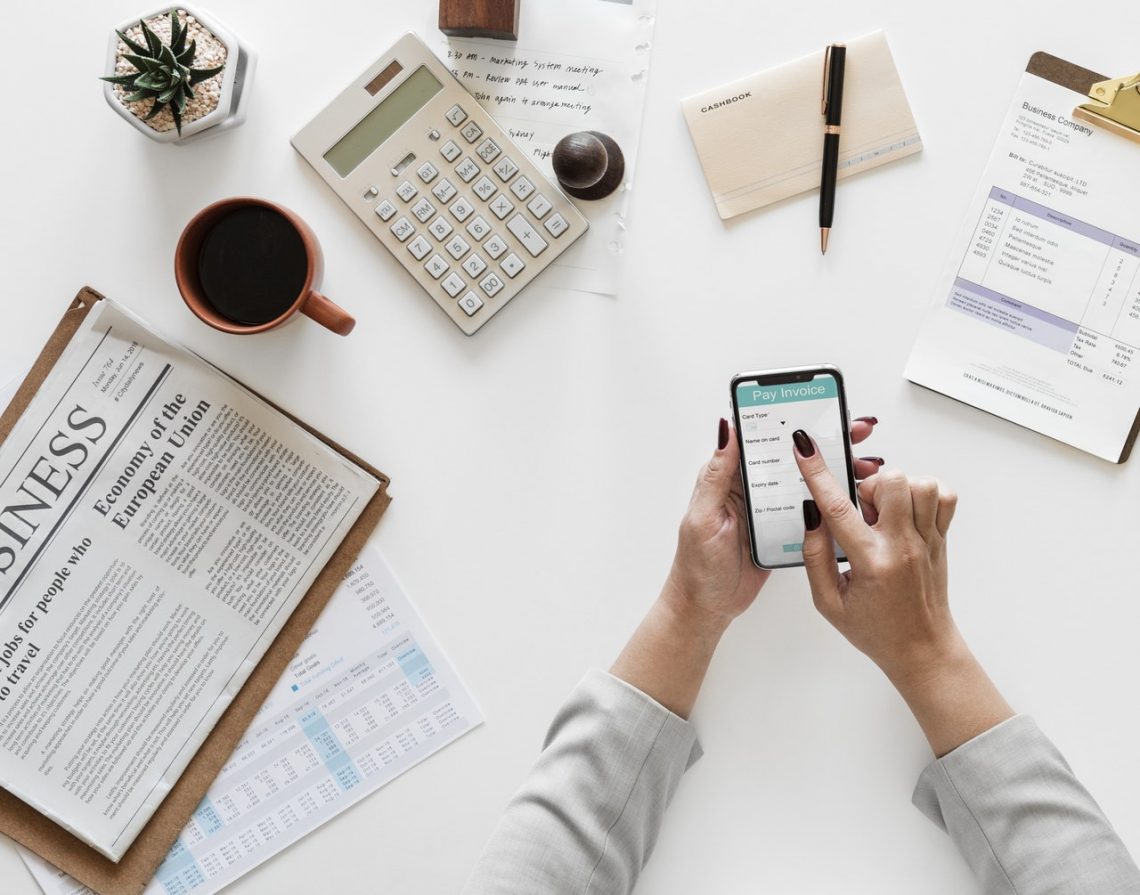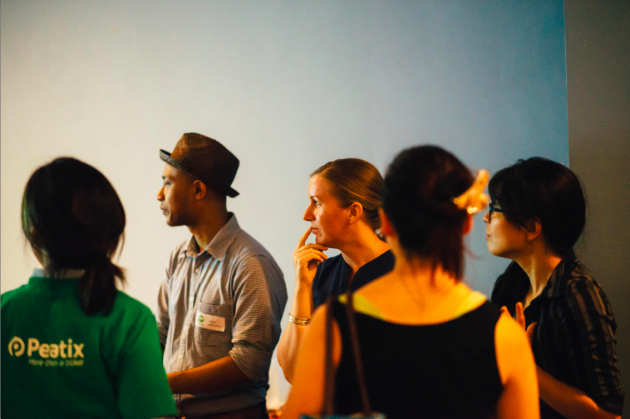Most, if not all of us, kickstart events with the aim of continuity both for the community we’re running it for and for the purpose we champion with the event.
Stopping at one is rarely the case in running events.
Events as we know it though are costly both in terms of time and money. How then can we make organising an event sustainable such that we’re able to do more and for longer?
Forming strategic partnerships with providers of a service or product you require for your event is one way. We outline five steps to negotiating a win-win deal to keep costs low for your event and increase the likelihood of you running another.
1. Identify a partner that would also want to reach your event’s target audience. Chances are they’ll be more open to exploring a partnership with your event. Once you’ve identified a partner, craft an email pitch. These are five elements to include in your pitch:
- Introduce yourself and your organisation
- Provide key details of your event for your potential partner to assess if your event’s a good fit for them – what it’s about, the date/time of the event you want to partner for, expected audience, and social proof of your event’s success where relevant.
- Provide an example of a successful partnership from previous events.
- Be upfront about your inclination to partner or seek for sponsorship, and request to meet in person. It’s better to build camaraderie and talk details face to face.
- Keep your email short and succinct, it can be read and understood within three minutes. Format it with bullet points or bold font to make it easily readable and direct attention to details you want to highlight.
2. List all the items you can provide and the parameters to which you will provide them for. This list is for your personal reference and enables you to have a clear idea on your capacity as a partner, hence avoiding the temptation to over promise during discussions of a partnership.
3. Find out what your partner is looking for, and understand their objectives. It could range from brand awareness, building thought leadership, generating leads, or gaining customers for their business.
4. Determine a win-win partnership proposal that will meet your partner’s objectives (in point 3) through your capacity as a partner (in point 2) and help you save money on a product or service you require for your event.
5. Leave room for flexibility in negotiating your finalised partnership. Play by ear and be open to offering more if necessary and feasible within your capacity as a partner.
6. Keep a log on all deliverables and objectives achieved on behalf of your partner. This can help you evaluate the success of your partnership, and use it as a reference point in discussing future partnerships with the same partner or in approaching other partners.
Follow these six steps to negotiate an effective partnership that will help you keep costs low for your event so you can have more for other event essentials and make it sustainable to run more events for your community.





